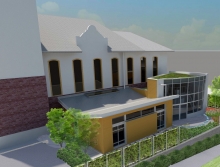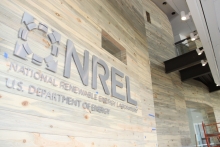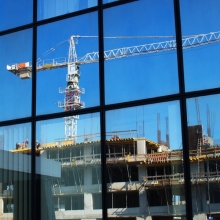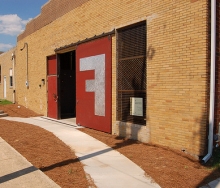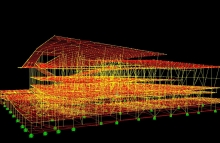Seattle’s Bertschi School Participates in Living Building Challenge
The Bertschi School, an independent elementary school in Seattle, Washington, has a history of emphasizing sustainability. In 2007, it was the first school in the state to have an elementary classroom building awarded LEED Gold certification. Now, with a new 1,425 sq. ft. science classroom scheduled for completion in November, the school is attempting to comply with an even more stringent green building rating system, the Cascadia Region Green Building Council’s Living Building Challenge.
